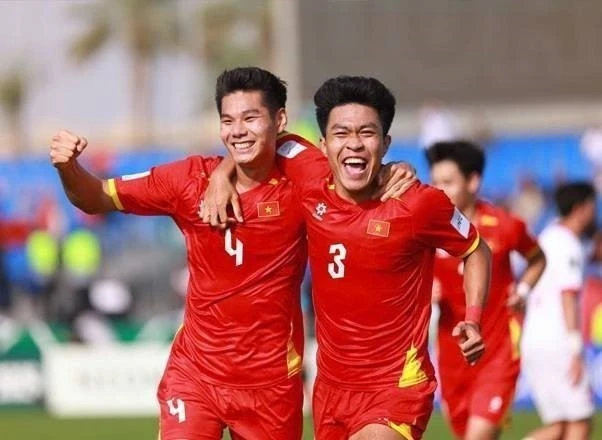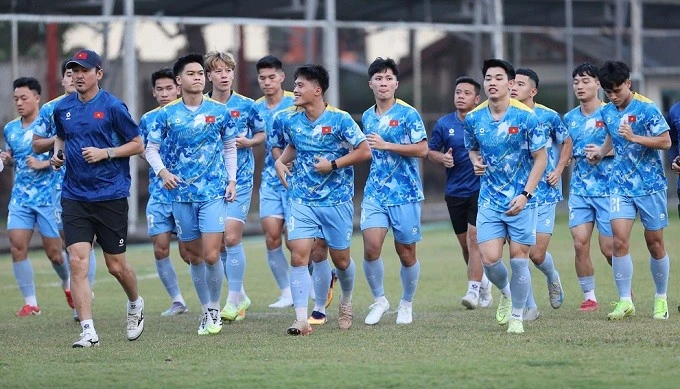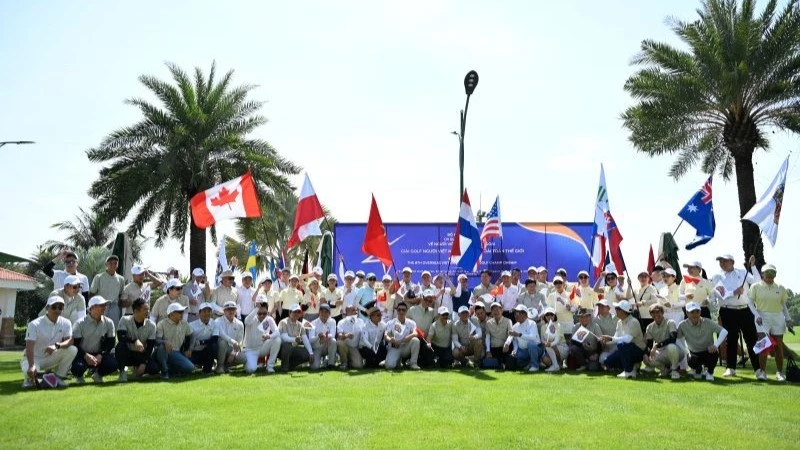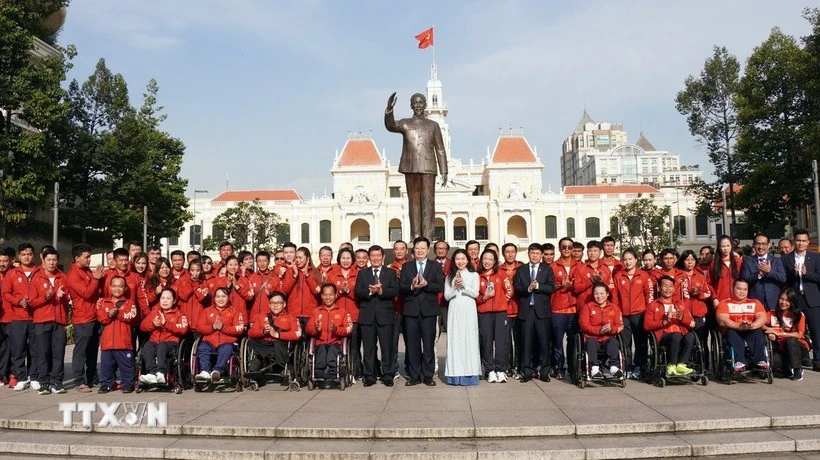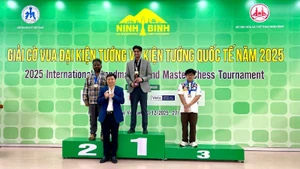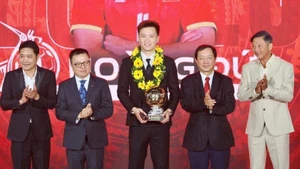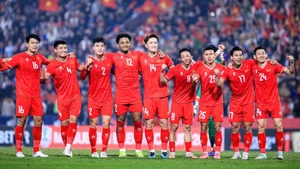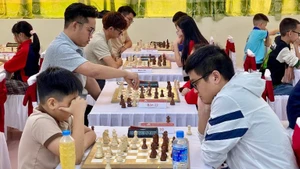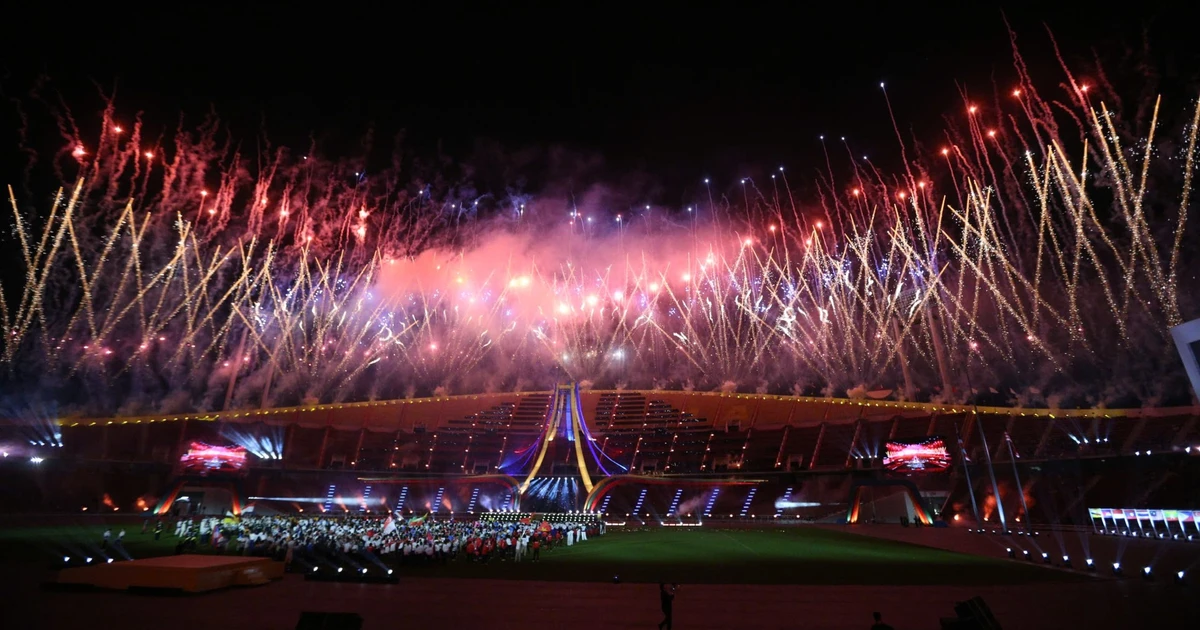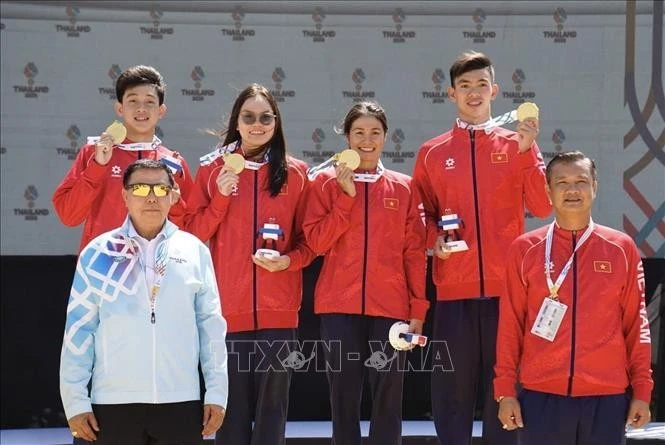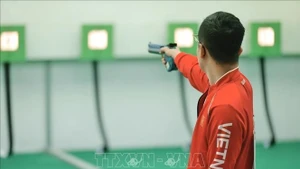Consolidating regional standing
The silver medal won by the Vietnamese women’s 4x400m relay team in the RoK reaffirmed the country’s strong position in regional competitions. At the 32nd SEA Games in Cambodia in 2023, Viet Nam’s athletics team achieved a milestone by winning 12 gold medals, securing a top spot in Southeast Asia. This success was the result of consistent training, strategic investment, and the perseverance of both athletes and coaching staff.
Yet behind the glory lies deep concern. Key athletes like Quach Thi Lan, Nguyen Thi Oanh, and Nguyen Thi Huyen are all over 30 years old, while Doan Thu Hang is nearing that age.
The next generation, such as Tran Thi Nhi Yen, shows promise but needs time and structured investment—especially in terms of competitive experience and expert guidance—to fully develop.
For the 2024 Paris Olympics, Viet Nam has secured only one wildcard spot in athletics, granted to Tran Thi Nhi Yen. This illustrates the gap between domestic success and international competitiveness. Sports experts point out that one of the major obstacles is the lack of continuity in elite athlete development. Progress has been driven more by individual efforts than by a systemic strategy, resulting in a scattered and unsustainable talent pipeline.
To address these issues, the Ministry of Culture, Sports and Tourism has introduced the "Strategy for the development of physical training and sports in Viet Nam to 2030, with a vision to 2045." Athletics is among the key disciplines prioritised for investment. The goal is to maintain a top-three position at the SEA Games by 2030, earn medals at the Asian Games, and secure at least one Olympic medal by 2045. These are ambitious targets requiring fundamental changes across training, selection, infrastructure, and athlete welfare policies.
A separate national plan for athletics is also in the works, with a long-term vision extending from 2035 to 2045. The focus will be on training athletes aged 12–14 through a closed-loop model involving national training centres, sports talent schools, and provinces with athletic traditions, such as Nam Dinh, Thanh Hoa, Ha Tinh, and Ho Chi Minh City.
Despite these plans, Vietnamese athletics currently faces a severe shortage of internationally qualified coaches in both theory and practice. Many existing coaches retain outdated mindsets and lack modern training methods, slowing athlete progress. Additionally, training and competition facilities remain inadequate.
Outside of the National Sports Training Centres in Ha Noi and Ho Chi Minh City, most localities lack athletics-standard stadiums. Regular international competitions and training camps are also lacking, denying athletes crucial exposure. Another pressing issue is the insufficient financial support. Even medal-winning athletes do not receive stable salaries or bonuses, undermining long-term commitment to the sport.
What solutions for a breakthrough?
To overcome these bottlenecks and elevate Vietnamese athletics to the continental level, a comprehensive and interconnected roadmap is essential—from recruitment and training to post-retirement management.
Dual-education models combining academic and athletic training should be expanded and made more effective. Improving financial incentives for both athletes and coaches is critical: when athletes see sport as a viable and secure career, breakthroughs become far more likely.
Another key measure is overseas training. Vietnamese athletes should be sent to countries with advanced sports systems—such as Japan, the RoK, or European nations—for long-term training. Viet Nam must also bring in experienced foreign experts not just for tournaments, but for sustained development.
Achievements at the SEA Games form a strong foundation, but without a far-reaching vision, they will not translate into continental or global success. Turning that vision into reality demands a shift in mindset, policy, and concrete action—starting now.

